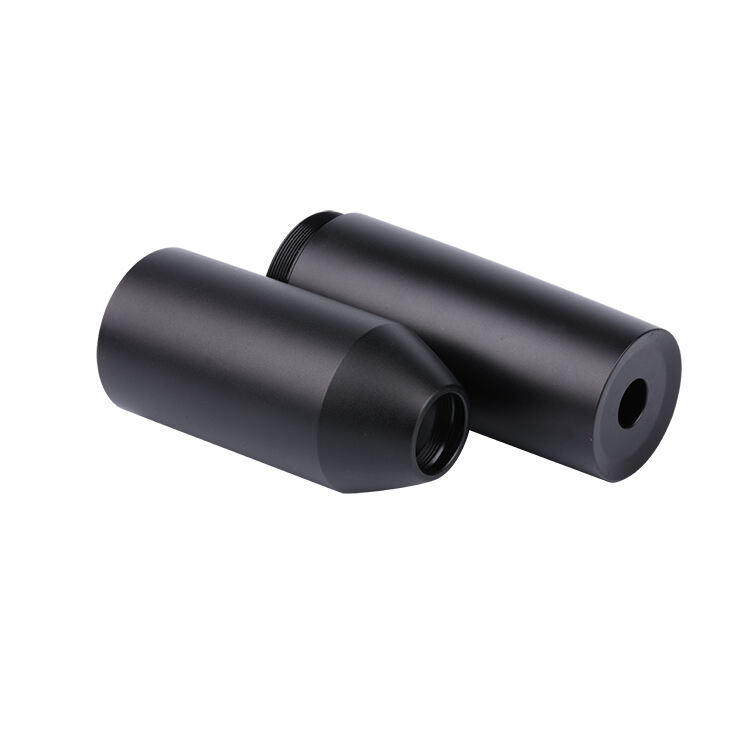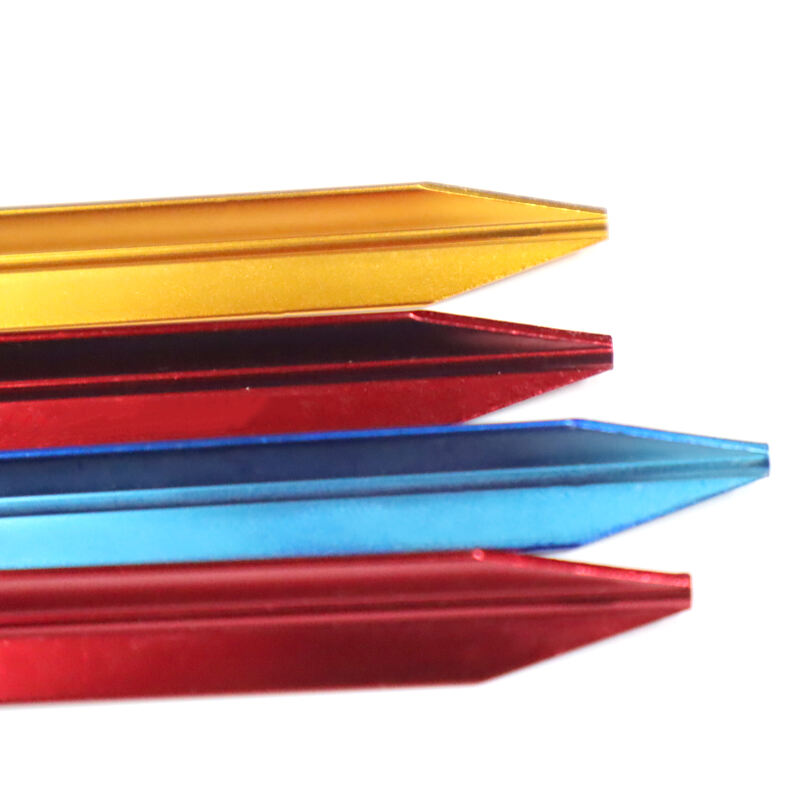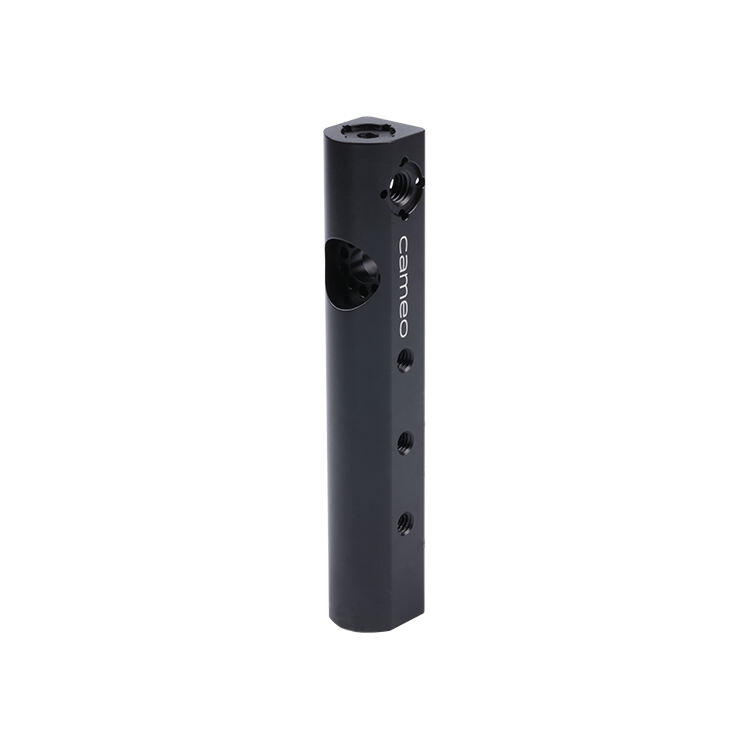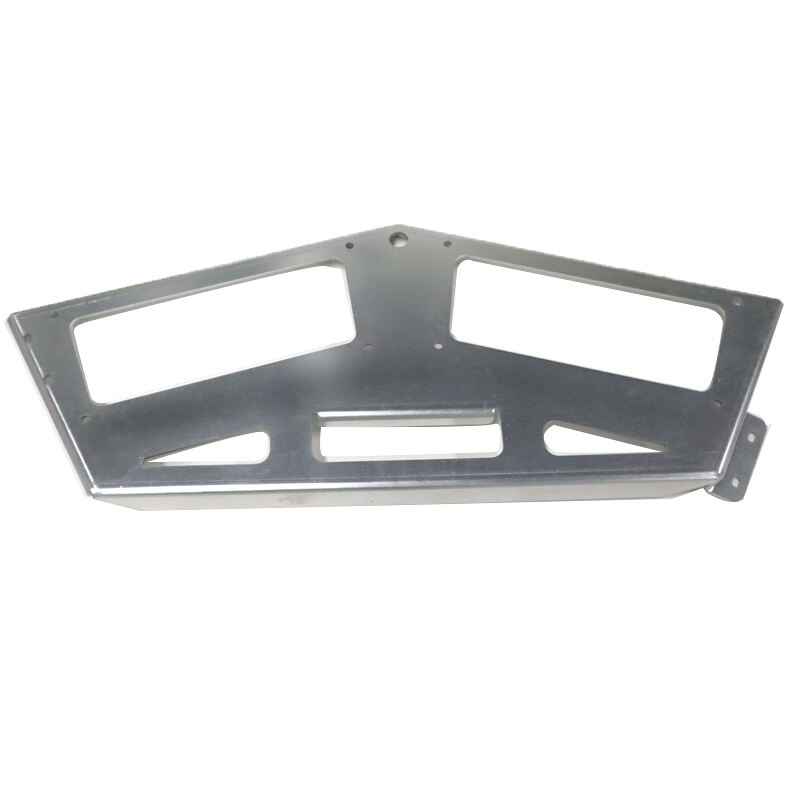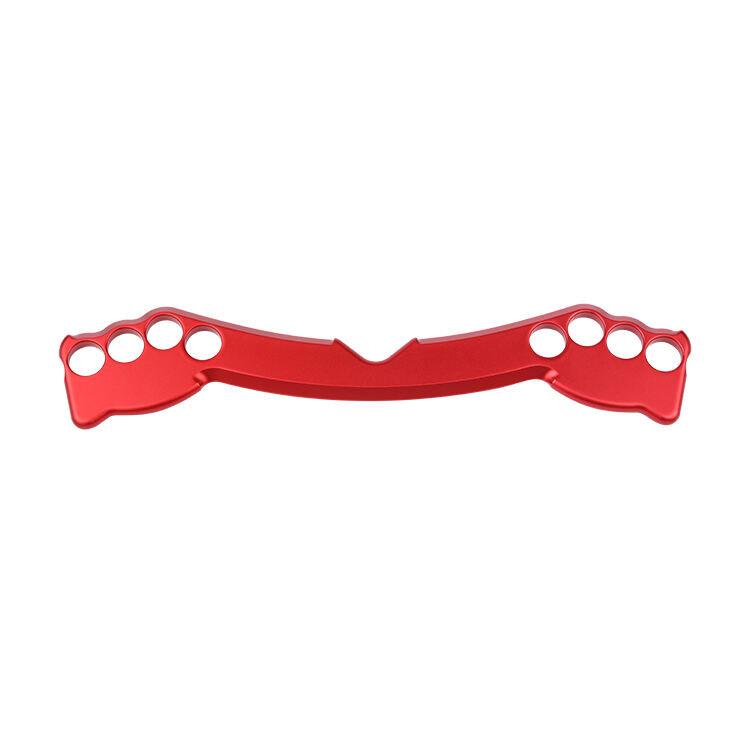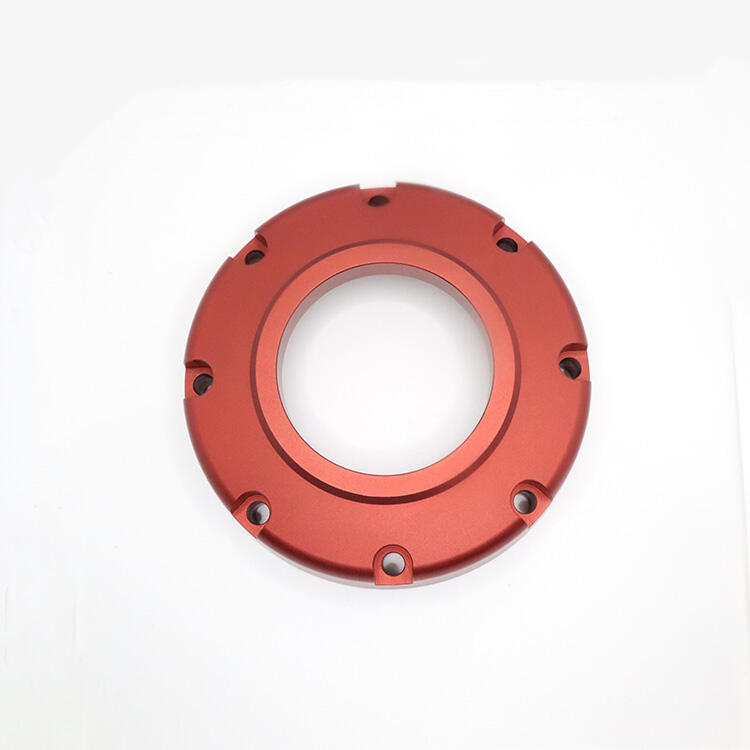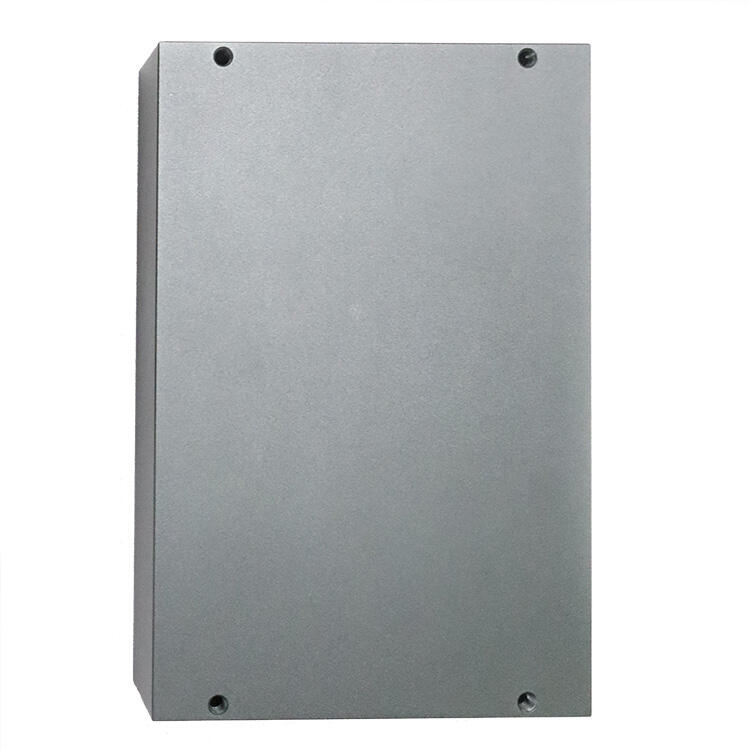The Complexities and Progress of Sheet Metal Fabrication
Sheet metal fabrication is a process that can be done in many ways, including the transformation of flat sheets of metals into three-dimensional components or assemblies. It has been adopted in various industries because of its ability to produce precision products at low costs and durable properties. In this article, we provide an insight into the details of sheet metal fabrication; discussing its stages, recent advancements, and its place in modern manufacturing.
Key Stages of Sheet Metal Fabrication:
Designing and Engineering: At this stage the engineers design 3D models for desired parts by using CAD (Computer-Aided Design) software. Next the models are converted into 2D drawings that are used as blueprints for manufacturing. The design must take into account bend allowances, material thicknesses and any required cutouts or perforations.
Material Selection: There are several sheet metal materials to choose from and these materials directly affect the cost, weight, corrosion resistance as well as strength of final product. Some common examples include stainless steel, aluminum mild steel brass copper etc.
Cutting and Shaping: Cutting processes include laser cutting , waterjet cutting , shearing , punching etc for precise defined areas . Different shaping methods like rolling bending forming create shape s with some specific contours or angles .
Assembly and Welding: Sometimes more than one sheet metal part needs to be combined together to form a single unit . For instance welding ( MIG,TIG OR SPOT WELDING), riveting or bolting could be used . This particular process ensures that produced parts hold firmly together without any visible seams .
Finishing and Inspection: Finally during surface finishing process which includes painting powders coatings plating or anodizing aesthetics will be improved besides strengthening durability. After this there is usually rigorous inspection where each part must undergo inspection before being passed as per standards.
Advancements in Sheet Metal Fabrication:
Automation and Robotics: The integration of automation and robotics has enabled producers to achieve higher levels of production efficiency and precision. Robots can perform cutting or welding operations with minimum human intervention leading to reduction in errors and improved safety mechanisms at work places.
Laser Cutting Technology: Recent developments in the technology of laser cutting have led to faster cuts, accuracy, as well as very minimal waste. Lasers are able to cut through even the hardest metals with high accuracy thereby making it easier to design more complex products.
Sheet metal fabrication is a sophisticated but irreplaceable process, upon which numerous productions across various industries are based. As technology advances so do the capabilities and efficiencies of this process.
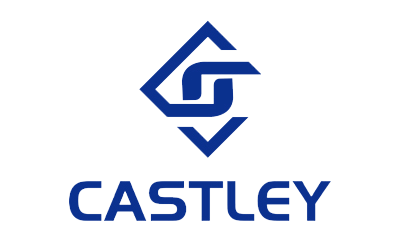
 EN
EN
 AR
AR
 BG
BG
 HR
HR
 CS
CS
 DA
DA
 NL
NL
 FI
FI
 FR
FR
 DE
DE
 HI
HI
 IT
IT
 JA
JA
 KO
KO
 PL
PL
 PT
PT
 RU
RU
 ES
ES
 SV
SV
 TL
TL
 IW
IW
 ID
ID
 LT
LT
 UK
UK
 VI
VI
 HU
HU
 MT
MT
 TH
TH
 TR
TR
 MS
MS
 BN
BN
 LO
LO
 LA
LA
 MN
MN
 SO
SO
 MY
MY
 KK
KK
